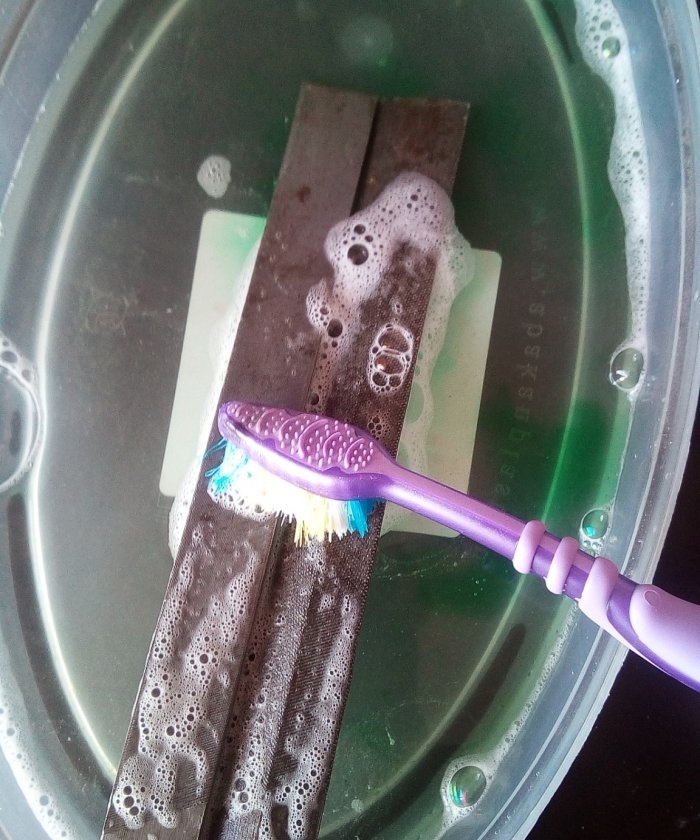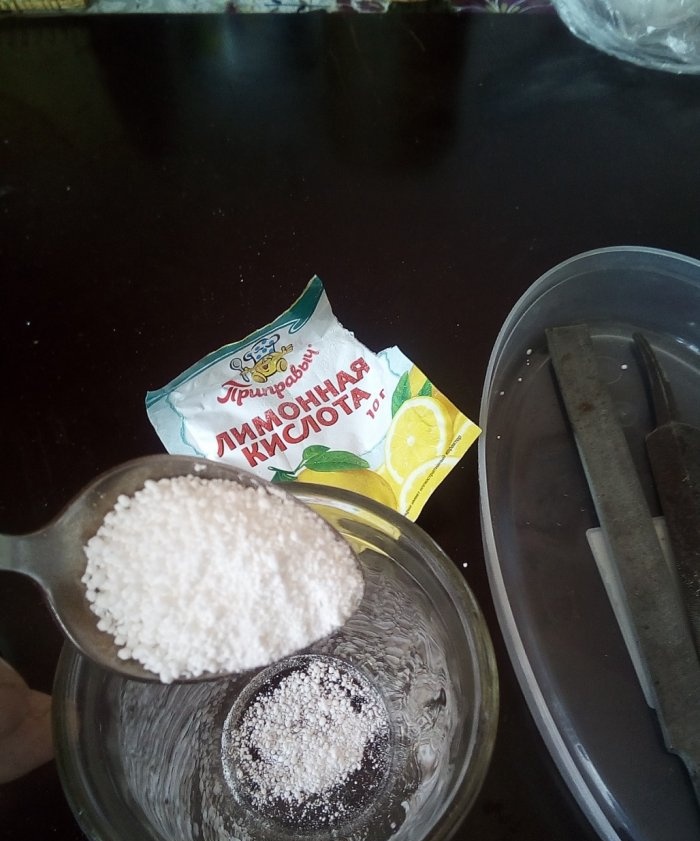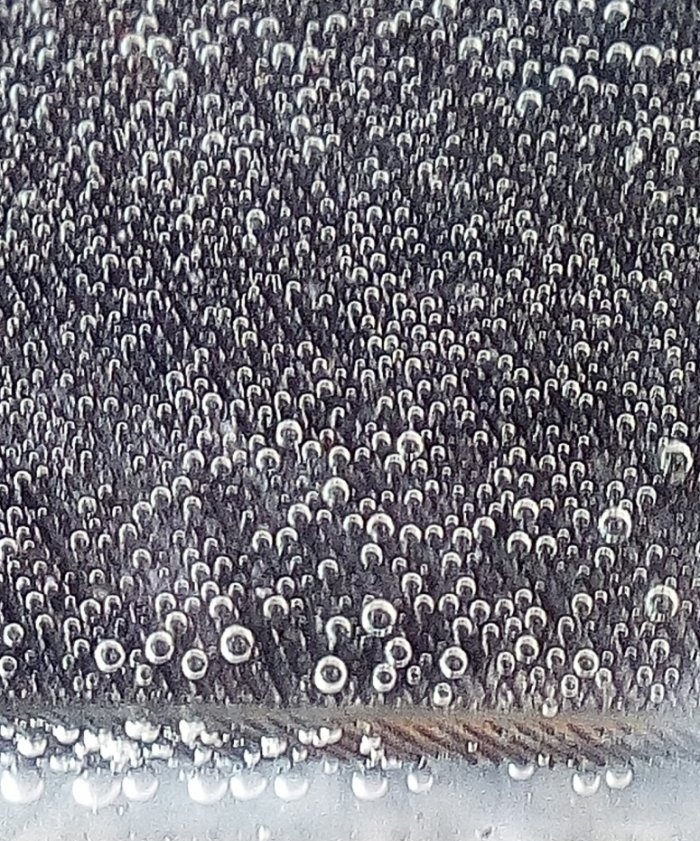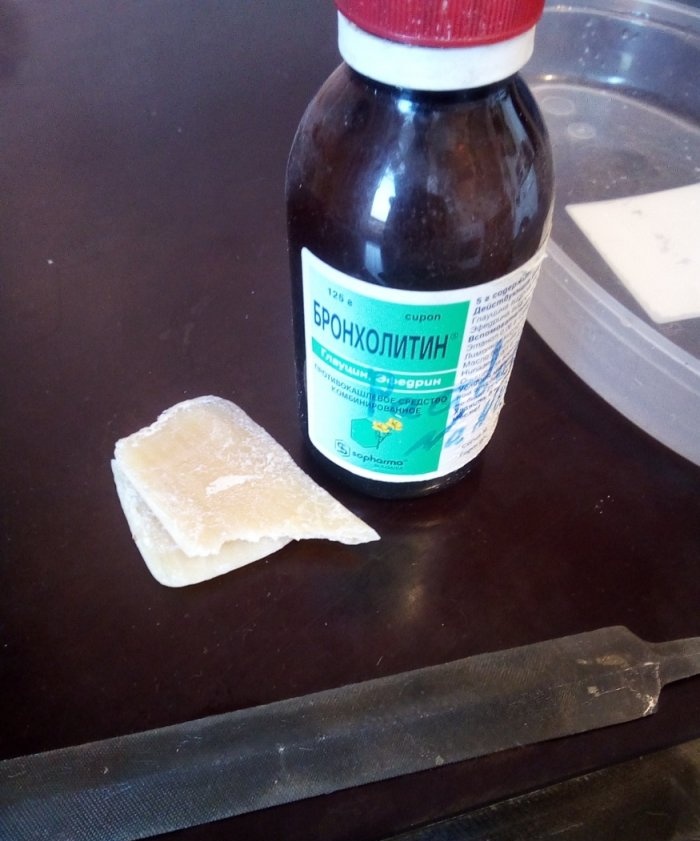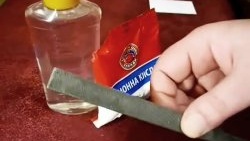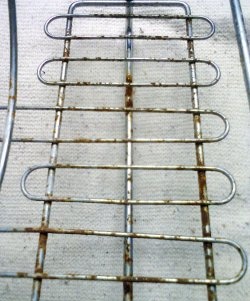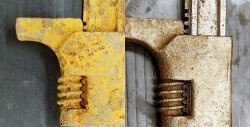It happens that I didn’t keep track, didn’t notice a file embedded with another tool, and lo and behold, it’s already covered in rust. And it’s a shame to throw it away and inconvenient to use - it “takes” badly. Let’s try to remove the “red one” and restore a useful tool, especially if it is still from “Soviet” times, which cannot be compared with the Chinese ones that have flooded the stores, obviously made from tin cans.
Will need
For this you will need the following:- Container to hold files
- Food grade citric acid
- Dishwashing detergent (AOC, Fairy, etc.)
- Old toothbrush.
Cleaning the file
Let's begin. If there are no stuck chips in the file notch, then simply remove visible dirt and at the same time degrease the file using the indicated dishwashing products. Better, of course, in fairly hot water.
The files, well washed and rinsed in running water, will be put aside for now. Let’s start preparing the “cleaner and sharpener.” To do this, dilute two full teaspoons of Citric Acid in a glass of hot water.
After stirring it until completely dissolved, pour the contents of the glass into a container with files already in it.
After a few seconds, bubbles will begin to rise from the surface of the files, indicating that the process has begun.
Why is it better to use hot water? Because a hot acid solution is much more aggressive. You can, of course, use cool water, but then visually, the “sharpening” will start slower. Now, you can put the vessel with the files somewhere far away for a few hours. So as not to accidentally knock it over. Experience shows that a file should be kept in an acid solution for 12-13 hours. There is another way: using battery electrolyte. Then 6-7 hours will be enough.
But using electrolyte at home is probably not entirely correct. As an alternative, if lemon is not available, you can use vinegar essence.
During the chemical reaction of the acid with the metal, firstly, the oxide layer dissolves, and secondly, a thin layer of metal is removed from the file notch, due to which its edges become much sharper. After time has passed, the file is removed from the acid and thoroughly washed under running water.
Now, you need to neutralize the remaining acid on the metal. To do this, immerse the file in a solution of baking soda for 10 minutes.
And so that rust does not begin to cover the notch again, you need to soak the tool for a while in the so-called passivating solution. This is 5 grams of laundry soap and 1 gram of sodium nitrate (NaNO3), diluted in 1 liter of water. “Passivation” lasts 10-15 minutes. That's how it's supposed to be done. But few people have sodium nitrate at home, therefore, you will have to skip the last manipulation, and simply rinse it after the soda and dry the file thoroughly, placing it vertically.I just have saltpeter. True, in the form of a very saturated solution.
So, everything is based on technology. Give it a try. The method is reliable, tested many times. The file actually recovers. Not 100 percent, but still.
P.S.
It is clear that a completely “dead”, worn-out file cannot be “revived” in this way. I tried to restore the rasp. But, since its notch is too large, and apparently, the resin remained on the teeth. I couldn’t fully sharpen it in one go. I had to soak the rasp in boiling water to get rid of tar, re-fill it with acid and let it sit for almost a day. It became like new. Good luck.

